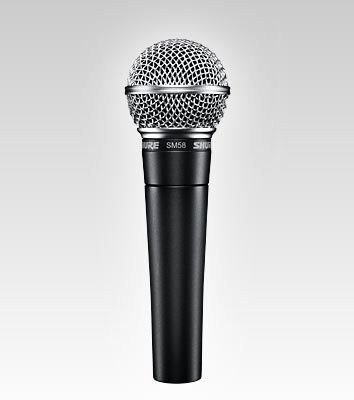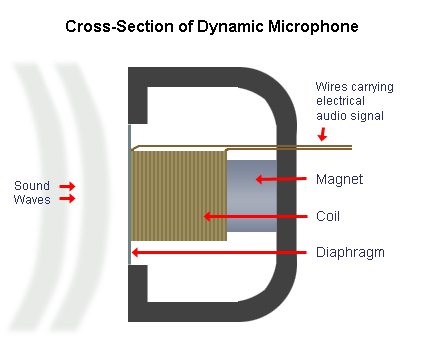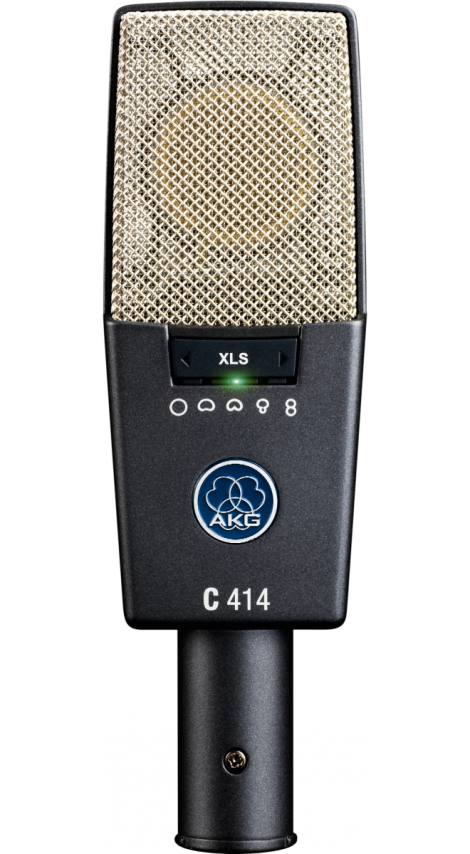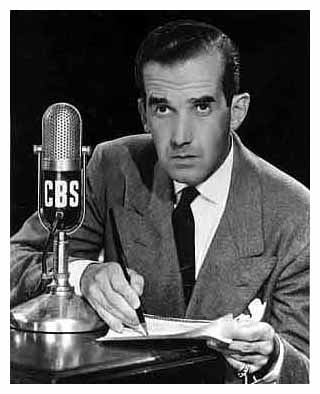You are currently viewing a course sample, but you’re not yet a member! Only certain modules will be available to you. To sign up for a membership to access the full course, check out our Plans and Pricing or Login
Microphones 101 – Types and Uses
Let’s get more practical and start talking about individual parts of the sound system. Perhaps one of the most important parts of any sound system is the inputs. So we’re going to start with microphones. Good mics and mic placement can help make an average sound system seem awesome while poor mic selection and placement can cause even the most expensive, perfectly-tuned system to sound poor.
All mics operate on the same set of broad principles. Microphones have some type of diaphragm that takes acoustical vibrations from the air and converts them into electrical signals. These electrical signals are then translated by the sound system where they can be recorded or played back through the loudspeaker.
Types of Microphones:
There are three primary types of microphones that are used in live sound production. These are dynamic microphones, condenser microphones, and ribbon microphones.
Dynamic Mics:
Dynamic mics are typically the handheld vocal mics that people use. Examples of common dynamic mics include the Shure SM57 and SM58, the Sennheiser e835, and the Electrovoice RE20.

Image courtesy of Shure.com
Dynamic mics operate by using acoustical energy to move a diaphragm that disrupts a magnetic field within the microphone. Although we won’t break down this process in depth here, check out this wikipedia article for the super nerdy breakdown of how dynamic microphones work.

Image Courtesy of Media College
Here is a quick video in which a team member from Shure discusses how dynamic microphones work.
Common Uses for Dynamic Microphones:
By far the most common use of a dynamic mic is for a live vocal performance. Out of all three types of mics (dynamic, condenser, and ribbon), dynamic mics are the most durable. Their electronics are typically far more resistant to water and dirt than other types of microphones. They are slightly less sensitive than condenser mics, making them great on loud instruments. Dynamic mics are very common on snare drums, vocals, and guitar amps. Many of the classic rock and other genre defining albums used dynamic mics on these three types of instruments.
Condenser Microphones:
Condenser mics are the second most common type of microphone. Condenser mics come in many shapes and sizes – both small and large diaphragm versions are available. The electrical components of a condenser allow the capsule to be much smaller, making condenser mics useful in lapel and headset worn microphones – as well as electronics (such as computers and cell phones). Condenser mics do require external power to operate. Most condenser mics can use phantom power to operate, but some do require an external battery or power pack.
There are numerous classic condenser microphones. Below are some examples that are the most common condenser mics. Perhaps you’ve seen some of these without knowing it. If you listen to much music, you’re guaranteed to at least heard a few of these on some of your favorite albums.

Image courtesy of AKG.com
Here is a breakdown of how the electronics work in a condenser microphone. For more detail, see the Wikipedia article on condenser microphones.

Image Courtesy of Media College
Common Uses of Condenser Mics:
Some form of condenser mic has been used on every instrument. Condenser mics are an incredibly powerful and diverse tool for the sound engineer. Large diaphragm condenser mics make great vocal mics and often provide a more full, round sound that their dynamic mic counterparts. They have been used on guitar amps, bass amps, all different parts of a drum kit, acoustic instruments, choirs, pianos, and numerous other applications.
Due to their ability to be packed into an incredibly small space, condenser mics are also use on headset and lavalier microphones. The smallest condenser mics are smaller than the head of a pin. In fact, most of the mics we encounter on a regular basis (including cell phone and laptop microphones) are types of condenser microphones. As we begin talking about actual microphone techniques, we will talk about how condenser mics can be utilized in a variety of applications.
Ribbon Mics:
Ribbon microphones are far less common than condenser and dynamic microphones. Ribbon mics use a very sensitive and fragile ribbon element. They work similar to a dynamic mic in their transduction method, but they are typically give a smoother response and are far more fragile.

Image courtesy of Coutant.org
Ribbon mics generally have a warm sound that make them great for vocals, some guitar amps, and acoustic instruments. Many of the early Frank Sinatra and Bing Crosby recordings used ribbon based vocal mics. The microphone was a large part of this classic, warm sound. There were also popular with announcers of the time.
Much of the classic warmth that is associated with traditional recordings was due to the use of ribbon mics. Although a few of these classic mics still exist, many of them are hard to find. However there has been a resurgence in the use of ribbon mics and many manufacturers are introducing (or reintroducing) ribbon mics based on these classics.
Ribbon mics are incredibly fragile. Dropping one from chest height (a thing all too common when working in live sound) will often totally destroy the ribbon element. These elements run anywhere from several hundred to several thousand dollars. Accidentally plugging a ribbon mic into a channel that has phantom power active will also destroy the element. Ribbon mics are the least common mics you’ll see in live sound because of their fragility, but they do sound amazing and some acts will carry one or two that they (very carefully) use for live sound.
[kkstarratings]